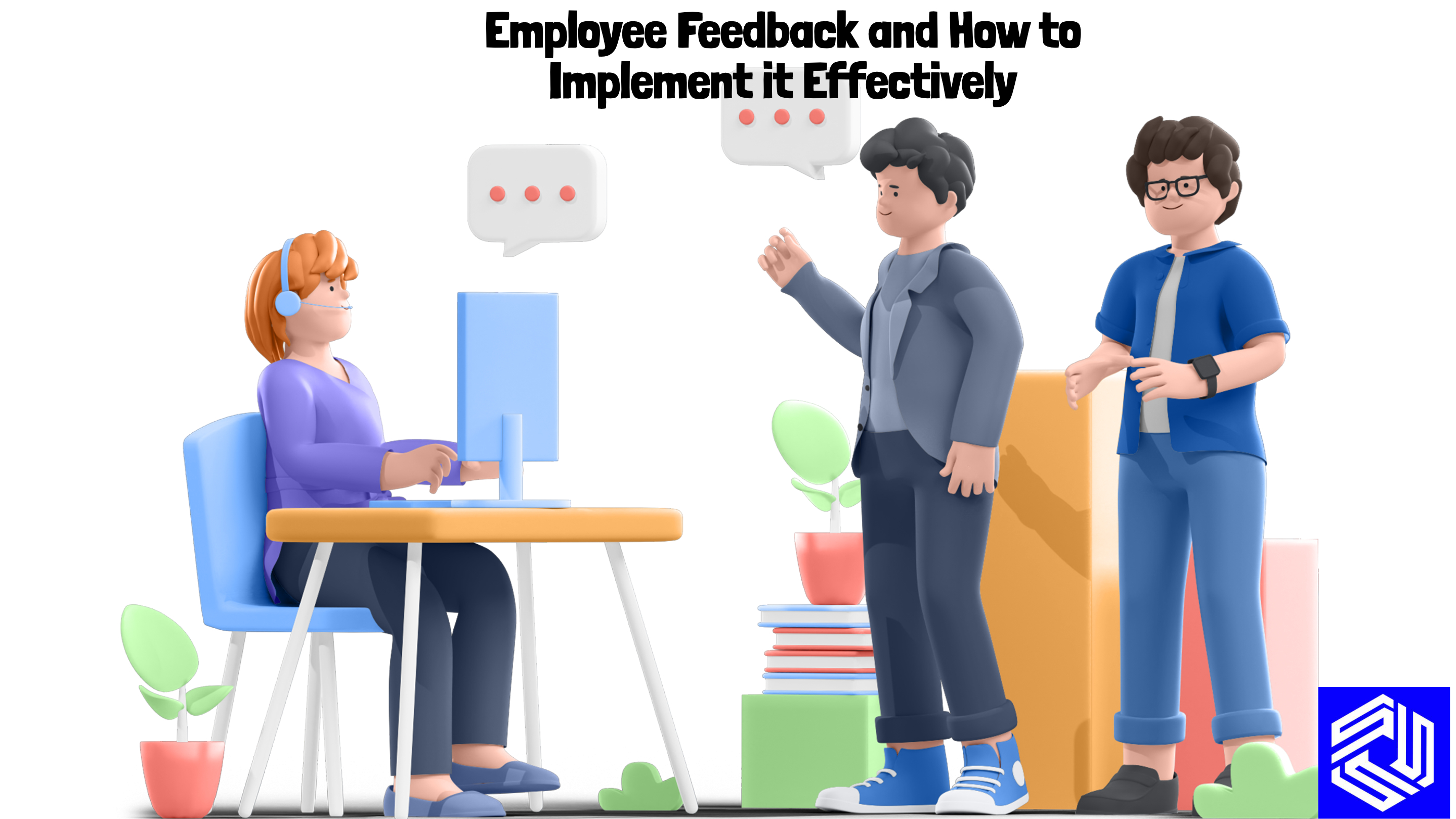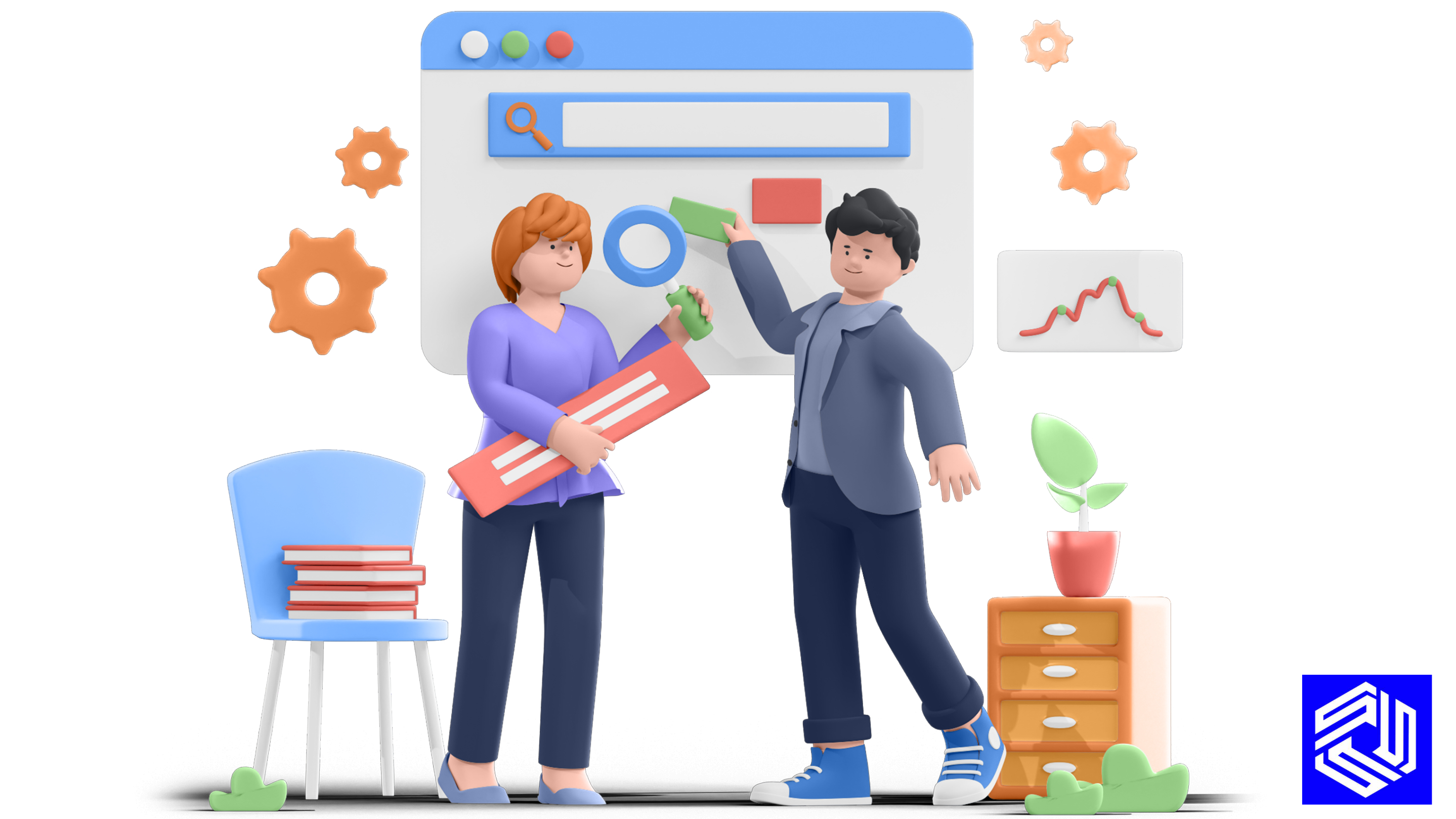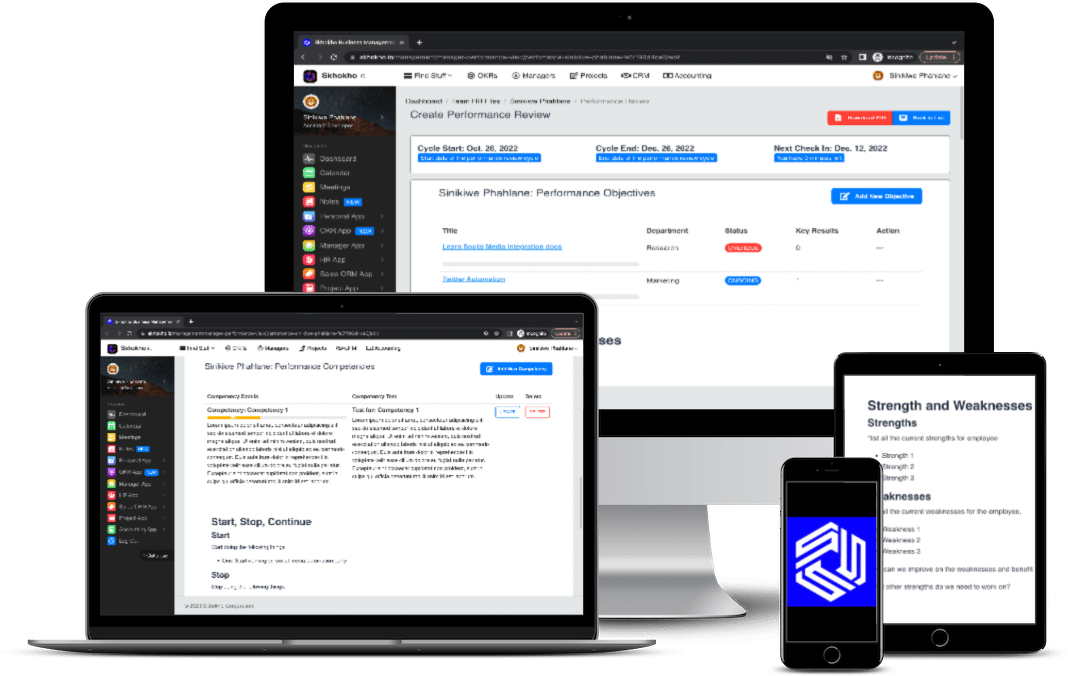The Importance of Employee Feedback and How to Implement it Effectively
As companies continue to focus on employee engagement and customer retention, feedback has emerged as a critical tool for improving workplace satisfaction and productivity. Whether it’s through formal performance reviews, informal one-on-one conversations, or real-time pulse surveys, employees' feedback provides insights into individual and organizational goals, communication and collaboration, and opportunities for development and growth.
In this blog post, we’ll explore the benefits of employee feedback and provide strategies on how to share feedback effectively.

We are going to be mainly focusing on the following:
- Defining what employee feedback is
- Benefits of Employee Constructive Feedback
- Common Challenges and How to Overcome Them
- Strategies for Effective Implementation
- Types of Employee Feedback Methods
What is Employee Feedback?
Employee feedback is the process of collecting and analysing information from employees about their experience, perceptions, and opinions about various aspects of the workplace, including job satisfaction, performance, leadership, communication, culture, and overall job experience. Employee feedback is an important tool for employers to gain insight into how employees are feeling, identify areas for improvement, and make data-driven decisions to improve workplace culture, engagement, and productivity.
Feedback can be collected through various methods, including surveys, focus groups, one-on-one conversations, and performance reviews. The ultimate goal of employee feedback is to promote open communication, foster trust, and create a culture of continuous improvement that benefits both employees and the organization as a whole.
Benefits of Employee Feedback: Negative Feedback/Positive feedback
Feedback provides numerous benefits that can help improve workplace culture and productivity. Feedback also helps employees to understand how their work fits into the larger goals of the organization, which can increase engagement and motivation. When actionable feedback is taken seriously, it can also help to build trust and loyalty between employees and the company.
Other benefits of employee feedback may include:
- Increased Employee Engagement and Job Satisfaction: When employees feel heard and valued, they are more likely to reinforce positive behavior towards their work, be engaged and satisfied with their work. Honest feedback provides a way for employees to share their thoughts and concerns, and it can also help to reinforce their positive behaviors and contributions to the company.
- Improved Communication and Collaboration: Effective communication is critical for collaboration and teamwork. Employee feedback helps to identify communication breakdowns, conflicts, and misaligned goals. By providing an opportunity for two-way communication, employees can provide input on how to improve team dynamics and productivity.
- Better Alignment of Individual and Organizational Goals: One of the key benefits of employee feedback is that it can help to align individual and organizational goals. By providing feedback on their progress towards goals, employees can better understand how their work contributes to the success of the company. This helps to create a sense of purpose and ownership among employees.
- Opportunities for Employee Development and Growth: Feedback provides an opportunity for employees to receive constructive criticism and learn how to improve their skills and performance. It can also help to identify areas where employees can develop new skills or take on new responsibilities. Providing opportunities for growth and development is key to retaining top talent.

Common Challenges and How to Overcome Them
Like any other work processes, there can be challenges to implementing an effective feedback system. Here are some common challenges of employee feedback and strategies to overcome them:
Challenge 1: Fear of Retaliation or Repercussions
One of the most significant challenges of employee feedback is the fear of retaliation or repercussions. Many employees may worry that their feedback will be used against them or that their position will be compromised. To overcome this challenge, companies must create an employee driven feedback culture of trust and psychological safety. Employers can do this by providing a clear policy on the importance of employee feedback and how it is used, emphasising anonymity, and protecting employees from any retaliation or negative repercussions.
Challenge 2: Inadequate or Inconsistent Feedback
Another challenge is providing employees with consistent and adequate feedback. Feedback that is too generic or vague can be unhelpful and lead to frustration, while feedback that is too harsh can damage employee morale and reduce engagement. Employers can overcome this challenge by implementing structured feedback systems, such as regular check-ins, surveys, or anonymous feedback forms. Employers should also train managers on how to provide specific, constructive feedback, including setting clear expectations, providing objective examples, and offering actionable suggestions for improvement.
Challenge 3: Bias and Subjectivity
Bias and subjectivity are common in any human interaction, including feedback. Employers must ensure that feedback is based on objective criteria and free of bias. To overcome this challenge, employers should use structured feedback systems that allow for objective data collection and eliminate subjective inputs. Additionally, employers should provide training for managers on how to avoid implicit bias in feedback and how to make decisions based on objective criteria.
Challenge 4: Lack of Follow-Up and Action
Feedback without follow-up and action is not effective. If employers do not take action based on feedback, employees may become demotivated, disengaged, and less likely to provide feedback in the future. To overcome this challenge, employers must establish a clear process for collecting, reviewing, and implementing feedback. Employers should also communicate the outcomes of the feedback process to employees, showing how the feedback was used to make improvements, and provide opportunities for employees to provide additional feedback.

Strategies for Effective Implementation
Implementing effective feedback processes can be challenging, but there are several strategies companies can use to ensure success.
Strategy 1: Create Company Culture of Employee Feedback Loop
To ensure that feedback is valued and utilized, companies must create a culture of feedback. This means promoting an open and collaborative work environment that values constructive criticism and encourages employees to provide feedback. Leaders must model this behavior to set the tone for the rest of the organization.
Strategy 2: Set Clear Expectations and Goals
To ensure that employees do not provide a vague feedback, companies must set clear expectations and goals. Employees should understand what is expected of them and how their performance will be measured. This helps to align individual and organizational goals and provides a clear framework for feedback.
Line managers can utilise performance review tools such as Skhokho. Skhokho is a comprehensive business management software that allows users to manage most of their day to day business administration in one place. Skhokho fully integrated a performance review app which allows line managers to create and review performances for their team member(s).
For more information on how Skhokho Performance Review works, click here.

To create an account on Skhokho, click here to register. Do not worry, Skhokho offers a 14 day free trial, meaning you can test the softwares full potential without any commitments, no credit card information required. Pricing: the price tier starts from $20 a month.
Strategy 3: Provide Timely and Constructive Feedback
Effective feedback is timely and specific. Companies should provide feedback as close to the event as possible, and it should be specific examples to the behavior or action that is being discussed. Feedback should also be constructive, providing actionable suggestions for improvement.
Strategy 4: Encourage Two-Way Communication
To ensure that employees feel heard and valued, companies must encourage two-way communication. This means that employees should feel comfortable providing feedback to their managers, and managers should be open to receiving and acting on this feedback.
Strategy 5: Follow Up on Actionable Feedback and Take Action
To ensure that feedback is valued and utilized, companies must follow up on the feedback they receive and take action to address the issues identified. This can include making changes to policies or procedures, providing additional training or resources, or addressing conflicts between team members.
Strategy 6: Use a Variety of Feedback Methods
Different employees respond to different types of feedback. By using a variety of feedback methods, companies can ensure that they are capturing insights from all employees. This can include both formal and informal methods, as well as real-time feedback tools.
Types of Employee Feedback Methods
There are several types of employee feedback methods that companies can use to gather insights from their employees.
- Formal Feedback Methods: Formal feedback methods include annual or semi-annual performance reviews, surveys, and other structured feedback mechanisms. These methods provide a way to measure employee performance and progress towards goals.
- Informal Feedback Methods: Informal feedback methods include one-on-one conversations, suggestion boxes, and other ad-hoc feedback mechanisms. These methods provide a way for employees to share their thoughts and concerns in a less structured environment.
- Real-Time Feedback Methods: Real-time feedback provides immediate feedback to employees. This can be done through instant messaging, pulse surveys, or other digital tools. Real-time feedback can be especially helpful for identifying areas for improvement and addressing conflicts as they arise.

Conclusion
Employee feedback whether positive feedback or negative feedback is a critical tool for improving workplace culture and productivity. By providing insights into individual and organizational goals, communication and collaboration, and opportunities for development and growth, feedback can help to create engaged, productive, and satisfied employees. By prioritizing employee feedback, companies can create a more engaged and productive workforce that is better positioned for success.









